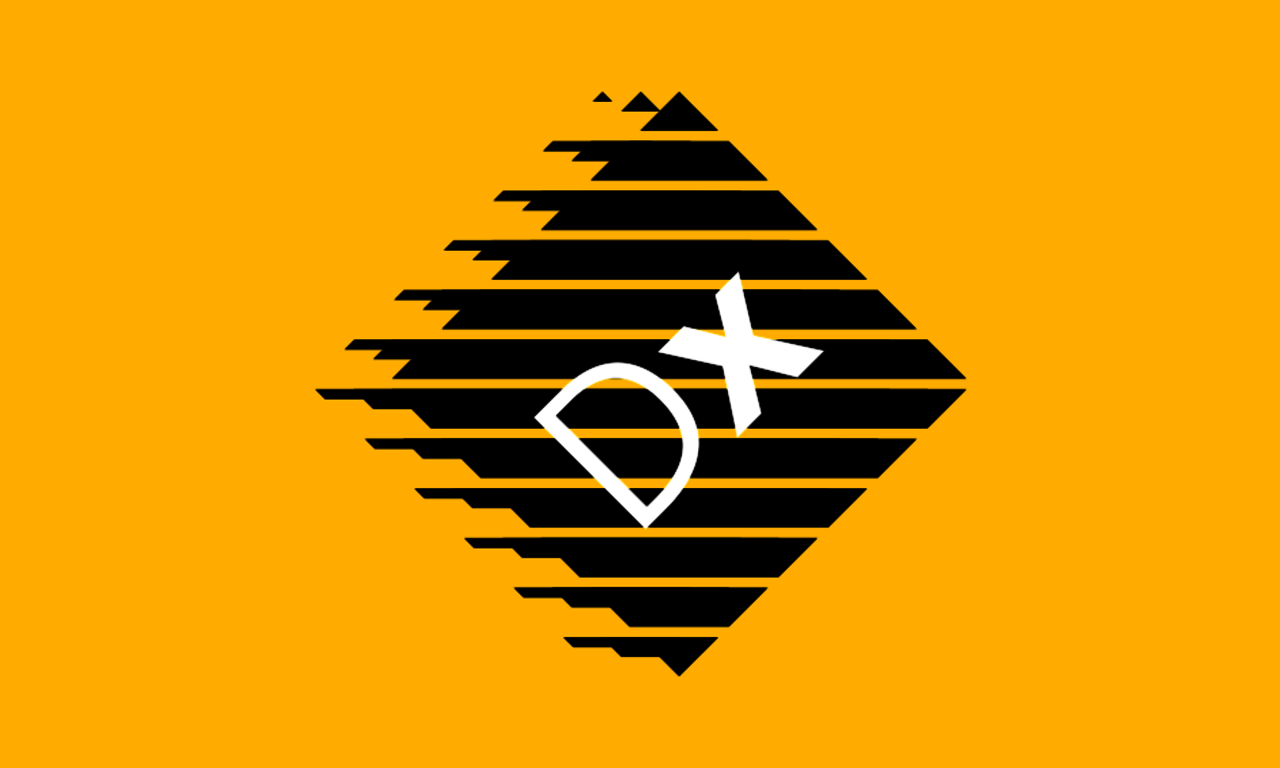News from our development team

Our developers are working hard to finalise DIALux evo 12.1 and we would like to inform you about new features and improvements:
- Drag and drop for DWG files
Drag and drop DWG files directly onto the start screen. - Quick selection/deselection of DWG layers
Simplify DWG import by quickly selecting or deselecting all layers. - Improved access to services
Quick access to services (catalogues, enquiries) of all DIALux members in the luminaire tool. - Tool support for luminaire identification
Practical tool for identifying luminaires without lighting assignment, particularly useful for projects with many luminaires and different lighting scenes. - Company logo and publisher name
Possibility to add company logo on the table of contents page and publisher name on the title page. - Faster report rendering
Up to 50 % faster rendering, especially on A4 paper. Exact speed-up varies by project. - Performance issues fixed
Problems with EN 15193 energy calculations and delays when loading projects and importing IFC have been fixed.
More information is available here. We look forward to presenting the full version of DIALux evo 12.1 to you soon.
Enhancement of DIALux Pro version with improved BIM performance
Another topic we are currently working on is BIM. We are working on an important BIM update to further improve the DIALux Pro version for you. Since the release of DIALux Pro we have received a lot of feedback from the market regarding the development of BIM, which we have studied in detail. We have also spoken to several lighting design offices to better understand the design process.
Unfortunately, we have also received feedback that IFC models cannot be easily imported into DIALux. There are many reasons for this.
One reason is DIALux itself: In order to achieve a nice lighting visualisation, DIALux "glues" hidden surfaces in the 3D model during the IFC import. Hidden surfaces occur, for example, where walls meet walls, walls meet ceilings or floors. This is a necessary feature of DIALux to visualise light only where it is expected, and distinguishes it from other BIM software.
With the increasing complexity of the IFC model, this 'gluing' takes a lot of time during import and can lead to model errors or even aborts. Even for good quality IFC models.
With the aim of importing as many IFC models as possible with greater speed and stability, our development team has tested various solutions. These were based, for example, on problematic IFC models that you sent to our support team.
After thorough analysis, we were able to find a solution. In the next Open BIM update, the quality of the IFC import will be significantly improved and it will be much faster.
News on the subject of interference light
Independently of DIALux Pro, our development team is working on the normative evaluation of interfering light in outdoor spaces, taking into account the EN 12464-2 and CIE 150 standards.